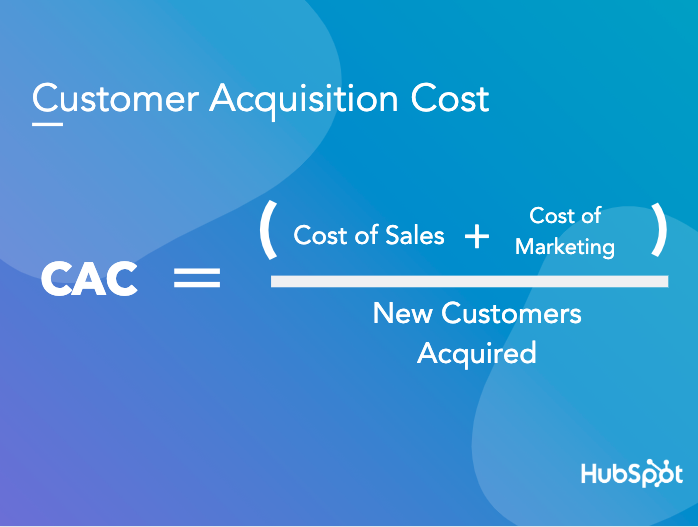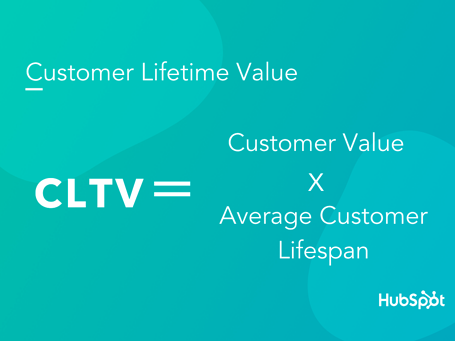Marketing attribution for B2B tech & SaaS companies
This FINITE panel discussion revealed great insights into marketing attribution from CMOs and leaders at top tech and SaaS companies.
The panel shared their expertise on return on marketing investment (ROMI), customer acquisition cost (CAC), marketing technology and automation. These quantifiable elements of a marketing strategy allow you to prove the success of your campaigns to secure more budget. As well as this, they let you see what’s working and what’s not, so you know what your next marketing moves should be to reach wider business objectives.
Read this guide to learn more about marketing attribution for B2B tech & SaaS companies.
How to use Customer Acquisition Cost (CAC) to measure the ROI of marketing
To hear more B2B marketing attribution insights from the panel, FINITE members have access to the full discussion – Apply here for a free membership and join B2B tech marketers around the world to expand your career.
FINITE Fest, the free one day virtual conference covering B2B tech marketing trends, was proudly supported by Clarity Performance.
Here are the key takeaways:
- Where to start on marketing attribution if you’re building a B2B tech marketing function from scratch
- How to implement marketing technology to track attribution
- The best marketing attribution models for annual recurring revenue
- How ROMI helps you prioritise strategy in the long and short term
- Why machine learning is more effective than traditional analytics
Where to start on marketing attribution if you’re building a B2B tech marketing function
When implementing marketing attribution in the early stages of a marketing function, there are three things to consider.
The first is marketing automation and finding the best system to use according to your needs. Secondly, you should look at historic sales data if there has been a sales function prior, so you can merge it with the CRM accordingly. Lastly, sit down with executive leaders to talk about long term goals for the next 5 to 10 years. This way you’ll know where you should be aiming your strategy, and you’ll know which KPIs to measure.
“In order to see where your budget goes, you need to track it.” – Radmila Blazheska, CMO at SecurityHQ
Tracking a budget can be broken down into three steps: evaluate, escalate and resolve.
Act on results immediately. You don’t need to wait 3 months for campaign results to see if one is working.
“If you don’t have the right data, you’re basically targeting blind.” – Radmila Blazheska, CMO at SecurityHQ
When you set up a marketing function from scratch in a medium sized company, limited resources can present challenges. If you have a limited budget combined with big growth targets, you need to know what move to make first, pick the right team and use the right tools for data analytics.
Be vocal with management about your budget so you can buy the right tools. Align with your customer service teams and sales teams to get insights and drive leads through the funnel to get revenue to attribute ROI.
How to implement marketing technology to track attribution
“If your process sucks, you’re not going to resolve it by adding automation.” – Tom Dubois, Worldwide Marketing Director at OneSpan
Make sure your processes are optimised before you look at automating them. The implementation of automation should be gradual, starting with the basics like a CRM. Then look across the funnel such as lead scoring and lead triaging to know which leads need to be passed to various teams.
To keep track and measure ROI, start looking at ABM tech and eventually specific attribution technologies. In measuring ROI you’ll be able to show executive management how successful your strategy has been, which will strengthen your case for increased budget.
According to research, only 8% of marketers said they are always able to attribute ROI to their content. This stat was the result of B2B content marketing research which can be found here.

Always keep your focus on the return of those tools. It’s not about the number of tools you have, but the quality of them and how much they help you achieve your goals. Allow yourself time to evaluate the tools to ensure they’re delivering positive ROI honestly.
Start, stop, continue when you’re implementing MarTech.
The best marketing attribution models for annual recurring revenue
Marketing attribution is particularly important for an annual recurring revenue model as opposed to a perpetual model. This means budget comes under pressure because you need to build the case around how your marketing campaigns are delivering value annually.
There are many attribution models to choose from, such as a weighted model, first touch models and direct attribution models. You can focus on influence in general, new business generation or pipeline contribution.
There are also many different parameters to think about and discuss with management and sales leadership. One side effect of marketing attribution and building credibility and visibility of marketing is that your goal becomes broader, with more organisational capabilities.
“You’re able to build out your marketing organisation further if you’re able to prove and show the real, tangible value it is bringing to the company.” – Tom Dubois, Worldwide Marketing Director at OneSpan
How ROMI helps you prioritise strategy in the long and short term
Any activity you do should be measured on ROMI. You need to be able to show short term ROMI if you’re aiming for quarterly numbers, although it’s unfortunate when longer term objectives are sacrificed to meet those quarterly targets.
You should negotiate for long term strategies that you know will have a long term pay out. With complex buying cycles and lots of stakeholders, it’s a combination of different activities that drive a lead into a pipeline opportunity or to be a customer. This means multi-touch attribution should be considered to see why those customers are moving along the funnel.
How to use customer acquisition cost to measure ROI
CAC simplifies the sales and marketing divide by including all costs associated with acquiring a customer making a deal. You can also see how it changes over time to see how you’re improving or falling.
 Source: HubSpot.com
Source: HubSpot.com
One of the biggest challenges with CAC is if everyone disagrees with the proportion of different pieces. These can rapidly change at each stage of growth in a company, as CAC shifts when strategies do.
Another challenge is inaccuracy. For example, when a customer moves organisations and champions for your product internally their CAC seems low, but the cost to acquire them in the first place might have been larger.
While CAC is a board and investor metric, it helps individuals on the marketing team to see when things aren’t necessarily free or cheap. E.g. A ‘free’ trade show isn’t necessarily free when you break it down into time, prep, travel, and you only gain a few deals.
“It helps you make better decisions if everyone is aware of those costs.” – Barbara Johnson, CMO/COO at Kortical
If you can automate a couple of these processes, CAC is more advantageous than ROI at revealing the cost effectiveness of channels.
Why machine learning is more effective than traditional analytics
While looking at historical data is helpful, it’s even more helpful to look forward and predict trends. This can be done with machine learning.
Machine learning has massively enhanced segmentation for marketers. You can now predict who from the population will buy new products from your existing database. This gives you high level insights from the explainability features of predictive models so you can pull out key demographics. You can use these demographics to shape promo plans and above the line content.
On a digital level you can be far more targeted to reach the other percentage that might not necessarily come across your product, but are still prospects.
With machine learning you’ll be able to predict the lifetime value of a customer, to decide how much resource you should dedicate to a channel. You’ll also be able to predict churn, which is particularly useful in a competitive, fast-paced tech space. Machine learning gives execs the confidence to invest in marketing because you can see the predicted results up front.
 Source: HubSpot.com
Source: HubSpot.com
Tips for machine learning:
- Go big. What is your biggest challenge? Your biggest challenge holds the most data and this will pay out quicker. You can take a small segment as a trial, but once you show ROI, senior management will be convinced of the accuracy of machine learning.
- Start now. The quicker you get onto it, the more advantages you get.
The panellists were: Radmila Blazheska, CMO at SecurityHQ, Barbara Johnson, CMO/COO at Kortical, Tom Dubois, Worldwide Marketing Director at OneSpan. Moderated by Christy Marble, CMO at Pantheon Platform.
If you want to know more about how to generate qualified leads, drive pipeline and grow revenue, get in touch with the Clarity Performance team today.
